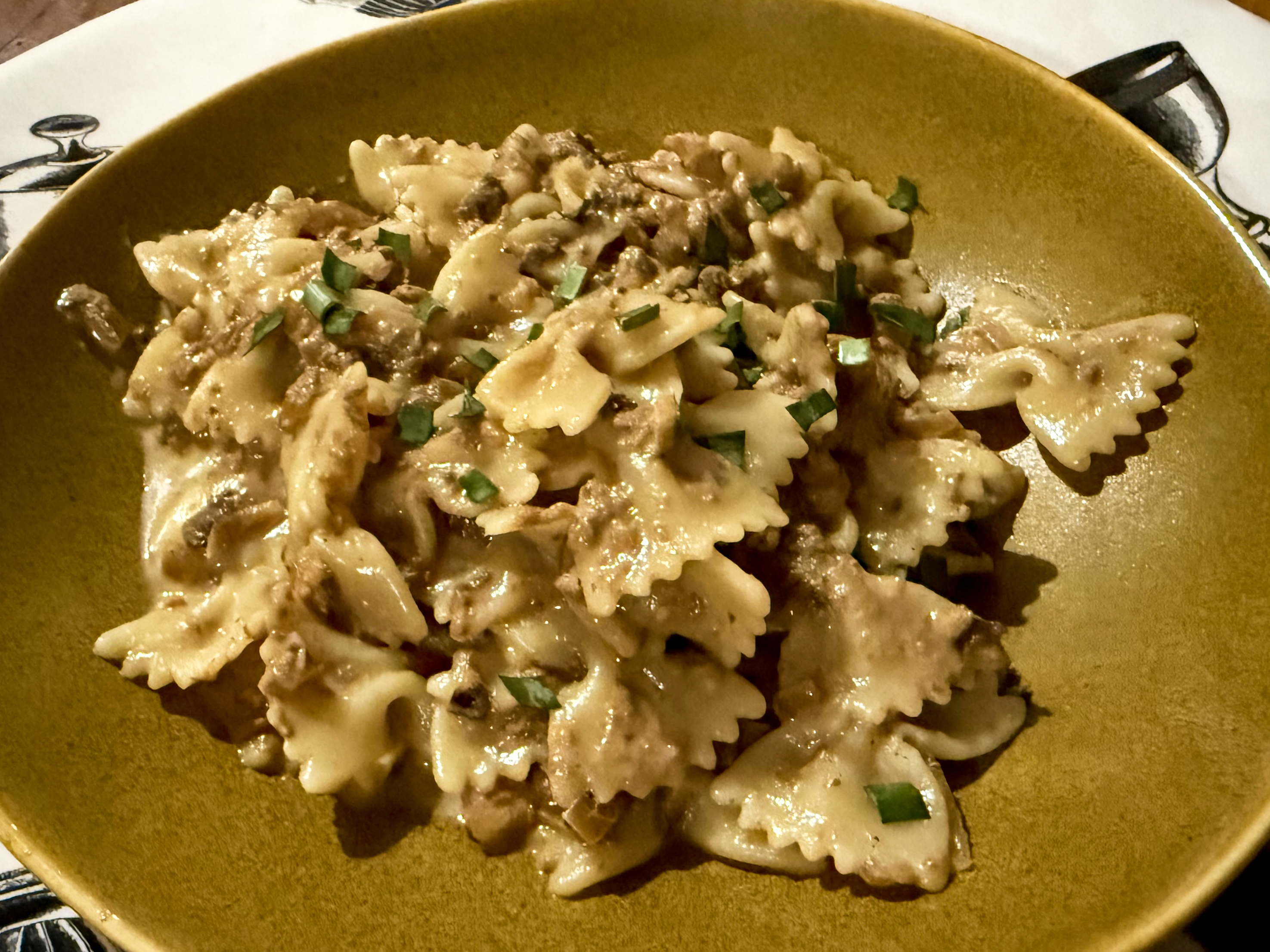One of the easiest ways of identifying a snob is to refer to canned food and keep quiet to see what happens. First the tentative look of shock that a food writer could suggest anything so vulgar. Followed in a nanosecond by a raised eyebrow chasing the smug countenance that precedes the suppressed guffaw. It comes out as something between a gasp and a choke.
But why? Yes, of course, we love everything fresh. But this doesn’t need to cancel out the alternatives, which exist for good reason.
There must be other ways of preserving fresh food than leaving it in cold air to begin the process of decay that ultimately results in putrefaction. But we were beaten to that thought nearly two centuries ago.
We have the Georgians to thank for giving us the tin can. Though the preservation of food in sealed containers was invented by a Frenchman called Nicolas Appert in 1809, his genius proved to be a stepping stone for a Briton called Peter Durand.
Appert developed the conserving of food in glass jars, but Durand felt that glass was too fragile (tin cans don’t shatter when dropped), and engineered a method of preserving food in iron containers lined with tin.
Two other Englishmen, Bryan Donkin and John Hall, did the practical work when they bought the patent and established a canning factory two years later.
For almost as long as they have existed, tin cans have been associated with soldiers in battle, from the Napoleonic Wars through the American Civil War and on, via the Anglo-Boer War and the Great War, to our own times. Modern armies still store rations of canned bully beef and other foods to sustain men and women in the field.
But they’re not likely to be issued canned wild-caught Latvian salmon with their rations. Because in our time, some very fine things make their way into little tin cans. If in doubt, consider those tiny tins of caviar. Even truffles are sometimes canned.
I’d guess that the most common protein in a can is the ubiquitous tuna, and this product proves a point: that, yes, fresh is best, but tinned tuna has its own advantages. If you want tuna mayo, use it out of a tin. Apparently it contains less mercury when preserved in a can, but don’t ask me why that is. Science is not my strong suit.
But we’re talking about its cousin here — wild-caught pink salmon from Latvia. All the way to my store shelf in Cradock, who would have thought. For a price, of course. Around R69 for a 125g tin. Of which, 88g is the actual fish.
Which brings me to this conclusion: that brine carries flavour too, lots of it, so it would be a waste to drain it to be discarded. So the brine went into the pot too.
My mission on Sunday was to choose things in tins for the making of a pasta sauce. As well as the salmon (thank you, Mr Durand), I bought a little tub of olive tapenade and a tiny bottle of anchovies (merci, Monsieur Appert). The only fresh ingredients were onions and garlic, and a trio of chives for garnish.
I also used cream (from a carton), wine (out of a bottle), and extra virgin olive oil (ditto).
Tony’s wild-caught pink salmon and black olive tapenade pasta
(Serves 2 generously)
Ingredients
1 medium onion, finely chopped
2 garlic cloves, finely chopped
2 Tbsp extra virgin olive oil (I used De Rustica)
200mml dry white wine
2 x 125g cans wild-caught pink salmon
2 anchovy fillets, finely chopped
2 Tbsp black olive tapenade
200ml fresh cream
Salt and black pepper to taste
2 or 3 garlic chives, for garnish
Half a packet of farfalle pasta, cooked all dente
Method
Sauté the chopped onion in olive oil until softened, then add the garlic and simmer, stirring, for a minute or two.
Add a glass of wine and reduce until there’s a glistening sheen on the onions.
Add the brine from the salmon cans and reduce by half.
Add the salmon and use a fork to break the fish up.
Add the anchovy fillets and the tapenade and stir with a wooden spoon to combine. Season with salt and black pepper.
Stir in the cream.
Bring to a simmer and cook gently while the cream thickens.
Meanwhile, cook the pasta until al dente.
Add a ladleful of pasta water to the pasta sauce and stir.
Drain the pasta, then toss the sauce through it.
Chop the chives and scatter them over the pasta when serving. DM
Tony Jackman is twice winner of the Galliova Food Writer of the Year award, in 2021 and 2023.
Follow Tony Jackman on Instagram @tony_jackman_cooks.
This dish is photographed on a plate by Mervyn Gers Ceramics.




 Tony Jackman’s wild-caught salmon pasta with tapenade. (Photo: Tony Jackman)
Tony Jackman’s wild-caught salmon pasta with tapenade. (Photo: Tony Jackman)